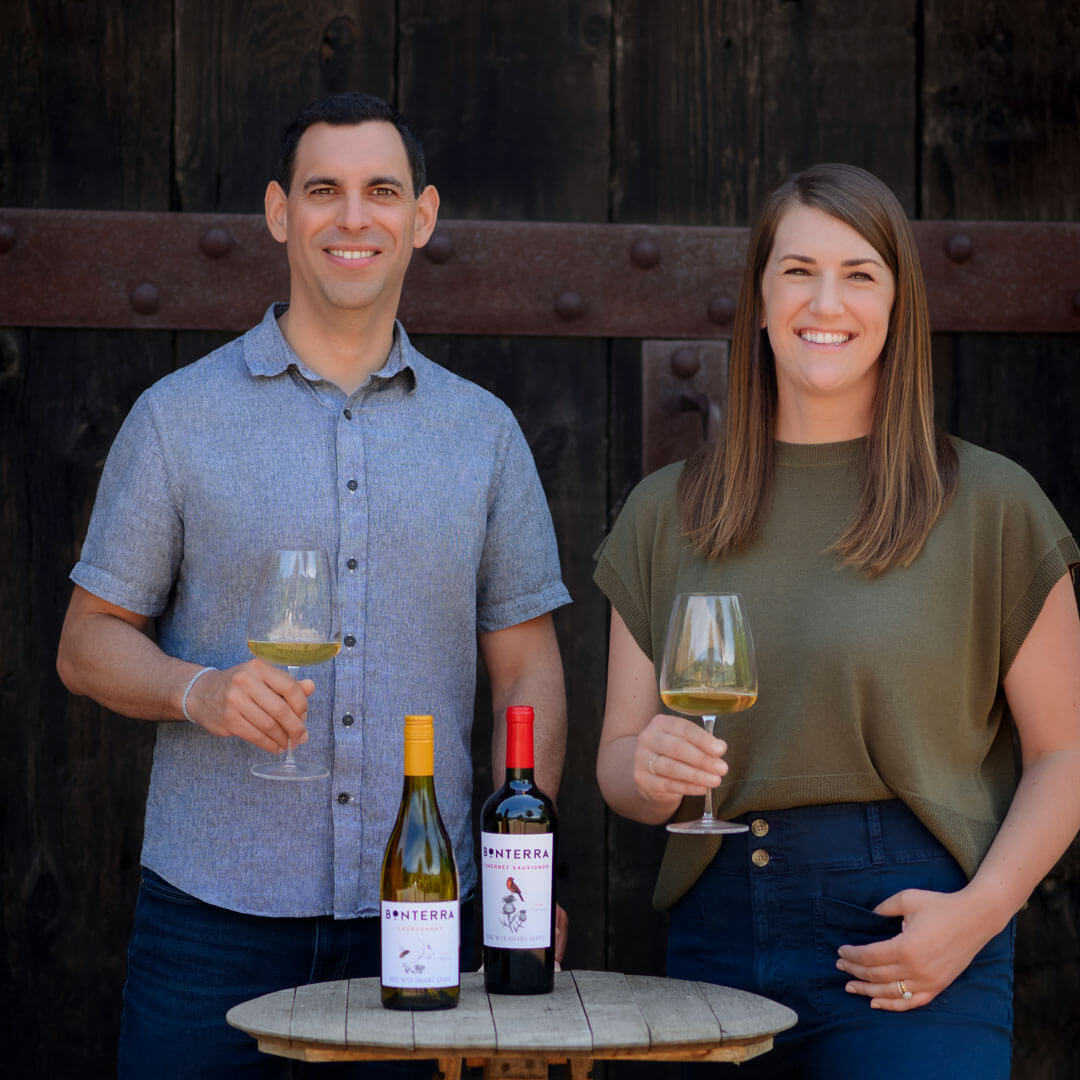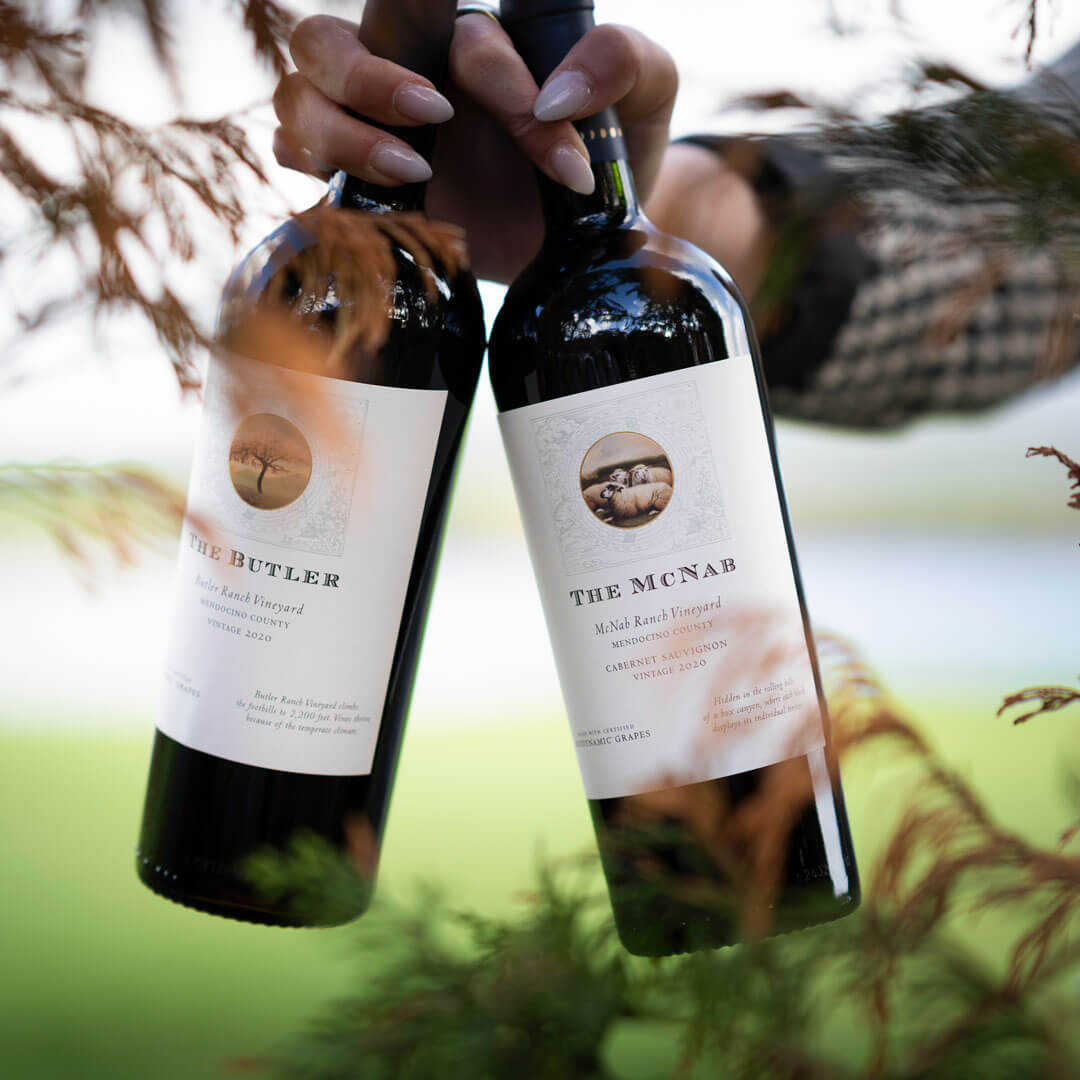The moment wine meets the pan, something magical happens. Steam rises, aromas intensify, and what began as a few simple ingredients transforms into something extraordinary. Yet for many home cooks, the question lingers: what is a good dry white wine for cooking? The answer lies in understanding how wine functions in the kitchen—not just as an ingredient, but as a catalyst that unlocks flavors and elevates even the simplest preparations.
Cooking with wine isn’t about following rigid rules or using expensive bottles. It’s about understanding how the right wine can brighten a cream sauce, deglaze a pan with aromatic complexity, or infuse a simple braise with layers of flavor. When you discover what white wine is good for cooking, you unlock the know-how to transform everyday meals into memorable experiences.
Why Dry White Wine Works in the Kitchen
The secret to successful cooking with wine lies in understanding acidity’s transformative power in the kitchen. Dry white wines bring bright, crisp acidity that cuts through richness and balances flavors in ways that other liquids simply cannot. This acidity brightens butter-based sauces, lifts cream preparations, and provides the perfect counterpoint to rich proteins or meat like salmon or duck. For anyone wondering what a dry white wine is, it’s typically a white wine with little to no residual sugar, offering a clean, crisp flavor ideal for culinary use.
Beyond acidity, alcohol serves as a remarkable flavor enhancer, acting as a solvent that releases aromatic compounds from herbs, garlic, and spices. When you add white wine to a pan with fresh thyme and shallots, the alcohol extracts essential oils and flavor compounds that water or broth would leave locked away. This is why a simple pan sauce made with wine tastes more complex, sometimes sweet, and aromatic than one made without. The evolving wine aromas that arise during cooking add further dimension and sophistication to the dish.
The cooking process itself transforms wine’s character. As alcohol evaporates, flavors concentrate and mellow, leaving behind a sophisticated depth that enhances rather than dominates your dish. A splash of Sauvignon Blanc in a lemon butter sauce for fish doesn’t taste “winey”—instead, it creates a harmonious backdrop that makes every other flavor shine brighter.
Consider the classic technique of deglazing, where wine lifts the caramelized bits from the bottom of a pan after searing protein. This simple step transforms what might have been discarded into the foundation of a restaurant-quality sauce, demonstrating how what is a good white wine to cook with can elevate even the most basic preparations.
At our organic winery, we focus on crafting wines with bright acidity and pure, clean character. Whether you’re sipping or simmering, each pour brings something purposeful to the table.
Top Dry White Wines to Cook With
Not all dry white wines perform equally in the kitchen, and understanding each varietal’s strengths helps you choose the right bottle for specific preparations. The key lies in selecting wines you’d enjoy drinking while considering how their particular characteristics will enhance your cooking. Remember, you’ll taste the wine’s essence in your finished dish, so quality matters even when the bottle never reaches your glass.
The golden rule of cooking with wine remains simple: use something you’d be happy to drink. This doesn’t mean reaching for your most expensive bottle, but it does mean avoiding cooking wines from the condiment aisle, which often contain added salt and preservatives that can compromise your dish’s flavor.
Sauvignon Blanc
Sauvignon Blanc emerges as one of the most versatile options for what is a good dry white wine for cooking, thanks to its bright acidity and distinctive herbaceous character. The wine’s natural citrus notes—grapefruit, lime, and lemon zest—make it particularly suited for seafood preparations where you want to enhance the ocean’s natural brininess without overwhelming delicate flavors.
This varietal shines in classic preparations like shrimp scampi, where its acidity balances the richness of butter and garlic while its herbaceous qualities complement fresh parsley and oregano. When cooking mussels or clams, Sauvignon Blanc’s mineral-driven character harmonizes beautifully with the shellfish’s oceanic essence, creating a broth that tastes like the best of both land and sea.
Green vegetables find their perfect partner in Sauvignon Blanc’s grassy, herbaceous notes. An asparagus risotto made with this wine doesn’t just taste of spring vegetables—it captures the essence of fresh grass and herb gardens, creating layers of flavor that remind you why seasonal cooking feels so natural and satisfying.
Pinot Grigio or Pinot Gris
When subtlety is the goal, Pinot Grigio (also known as Pinot Gris) offers the perfect solution for what white wine is good for cooking. This neutral, light-bodied wine provides the benefits of wine—acidity, flavor enhancement, and aromatic complexity—without imposing its own strong personality on delicate preparations. Think of it as the culinary equivalent of a well-tailored white shirt: versatile, elegant, and appropriate for almost any occasion.
Pinot Grigio excels in cream-based sauces where you want wine’s brightness without competing flavors. A classic alfredo sauce benefits from a splash of Pinot Grigio, which cuts through the cream’s richness while maintaining the sauce’s elegant simplicity. The wine’s mineral notes add depth without introducing herbaceous or citrus flavors that might clash with the dish’s intended profile.
For poaching fish or creating delicate court bouillons, Pinot Gris provides the perfect foundation. Its clean, neutral character allows the fish’s natural flavors to shine while contributing the subtle complexity that distinguishes restaurant-quality preparations from home cooking that tastes flat or one-dimensional.
Unoaked Chardonnay
Unoaked Chardonnay offers the best of both worlds for cooking: fuller body than Pinot Grigio with the clean, bright character that comes from stainless steel aging. This wine brings apple and mineral notes without the butteriness that can overwhelm delicate preparations, making it ideal for dishes where you want richness without heaviness.
This style particularly shines in creamy pasta preparations where its fuller wine body can stand up to rich ingredients while its clean acidity prevents the dish from becoming cloying. A mushroom risotto made with unoaked Chardonnay develops complex, layered flavors: the wine’s apple notes complement the earthiness of fungi while its acidity keeps the creamy texture bright and appealing.
Poultry preparations benefit enormously from unoaked Chardonnay’s characteristics. When braising chicken thighs with vegetables, the wine’s fuller body provides richness while its clean finish ensures the dish doesn’t become heavy or overwhelming. The result is comfort food that feels both satisfying and sophisticated.
What to Look for When Choosing a Bottle
Understanding wine labels helps you identify bottles that will perform well in the kitchen while avoiding those that might disappoint. Look for descriptions that include words like “dry,” “crisp,” or “mineral-driven”—these indicate wines with the bright acidity and clean character that work best in cooking applications.
Alcohol levels provide important clues about a wine’s suitability when deciding what is a good dry white wine for cooking—wines with moderate alcohol levels (11-13.5%) typically offer better balance for culinary use than higher-alcohol versions that might become harsh when reduced or concentrated through cooking. These moderate levels also indicate wines made in a style that prioritizes balance over power.
Avoid excessively oak-aged wines unless specifically called for in a recipe, as oak flavors can become concentrated and overwhelming during cooking. Look for terms like “stainless steel-aged” or “unoaked” on the label, which indicate wines with clean, bright character that won’t compete with your intended flavors.
When shopping, don’t hesitate to ask for guidance from knowledgeable wine shop staff. Explain that you’re looking for what is a good white wine to cook with, and they can direct you toward appropriate options within your budget. Many shops offer excellent values in their cooking wine selections—bottles that may not be the most prestigious but offer exactly the characteristics you need for successful cooking.
At Bonterra, all of our white wines are made from organically farmed grapes and offer dry, balanced flavors that work beautifully in both the glass and the kitchen.
Smart Tips for Cooking with Wine
Mastering the timing and technique of cooking with wine elevates your results from good to exceptional. Understanding when and how to add wine—and how much to use—makes the difference between a dish where wine enhances every other flavor and one where it dominates or disappears entirely.
Start with conservative proportions: roughly 1/4 cup of wine per two servings provides enough liquid to create flavor without overwhelming your dish. You can always add more during cooking, but removing wine once added proves impossible. This measured approach helps you understand how wine affects your particular recipe before committing to larger quantities.
Timing determines whether wine adds depth or brightness to your dish. Wine added early in the cooking process—when deglazing a pan or beginning a braise—has time to mellow and integrate, contributing deep, complex flavors that become part of the dish’s foundation. Wine added near the end of cooking retains more of its bright, fresh character, adding a lift that brightens the final result.
Understanding reduction versus simmering helps you control wine’s final impact on your dish. Reducing wine concentrates its flavors and removes most alcohol, creating intensity perfect for pan sauces where you want wine’s essence in every spoonful. Simmering allows wine to infuse gently without concentrating, ideal for stews or braises where wine should support rather than dominate other flavors.
The key to successful wine cooking lies in tasting as you go and adjusting accordingly. Just as you would adjust salt or herbs during cooking, taste your dish as wine cooks down and adjust other seasonings to maintain balance. This mindful approach ensures that wine enhances your cooking rather than overwhelming it and that you never need to substitute last-minute with a wine you don’t love.
Elevate Everyday with Bonterra: The Right Pour for Your Pan
Just like good cooking, good wine starts with thoughtful ingredients. With Bonterra wine, that begins in organically farmed vineyards where flavor is nurtured from the ground up. Our commitment to farming without synthetic interventions ensures that when you cook with our wines, you’re adding pure, authentic flavors to your preparations.
Our Bonterra Sauvignon Blanc, with its vibrant citrus and kiwi notes, brings restaurant-quality brightness to everything from simple pan sauces to elaborate seafood preparations. The wine’s clean, herbaceous character reflects sustainable farming practices, where healthy soils and careful viticulture create grapes with intense, focused flavors that translate beautifully into culinary applications.
When exploring what is a good dry white wine for cooking, consider how our Bonterra Chardonnay, featuring just a touch of oak, delivers the perfect balance of richness and brightness for creamy preparations. Its notes of pear, pineapple, and cantaloupe provide subtle complexity without overwhelming delicate flavors, while crisp acidity ensures that even rich dishes maintain their appeal.
Cooking with wine doesn’t require intimidation or extensive expertise—it simply asks for quality ingredients and mindful attention. Keep a bottle of Bonterra wine in your kitchen, ready for both the pan and the glass. Whether you’re deglazing a simple chicken breast or creating an elaborate seafood risotto, the right wine transforms everyday cooking into something special, proving that extraordinary meals often begin with the simplest, most thoughtful choices.
We invite you to explore our wine online and discover how organic farming creates not just better wines for sipping, but better ingredients for cooking—especially when you’re asking what is a good dry white wine for cooking and want something that performs beautifully. Looking for a wine subscription or club to keep the goodness coming? We’ve got that, too.
When you understand what white wine is good for cooking, every meal becomes an opportunity to create something memorable, turning your kitchen into a place where simple ingredients become extraordinary experiences.
REFERENCES
Wine Folly. (n.d.). Selecting a dry white wine for cooking. WineFolly.com. https://winefolly.com/wine-pairing/dry-white-wine-for-cooking/
Wine Spectator. (2018, June 23). What’s the difference between “cooking wine” and regular wine? Wine Spectator. https://www.winespectator.com/articles/what-s-the-difference-between-cooking-wine-and-regular-wine
Please link to blog:
What is a Dry White Wine? | Bonterra Organic Estates




